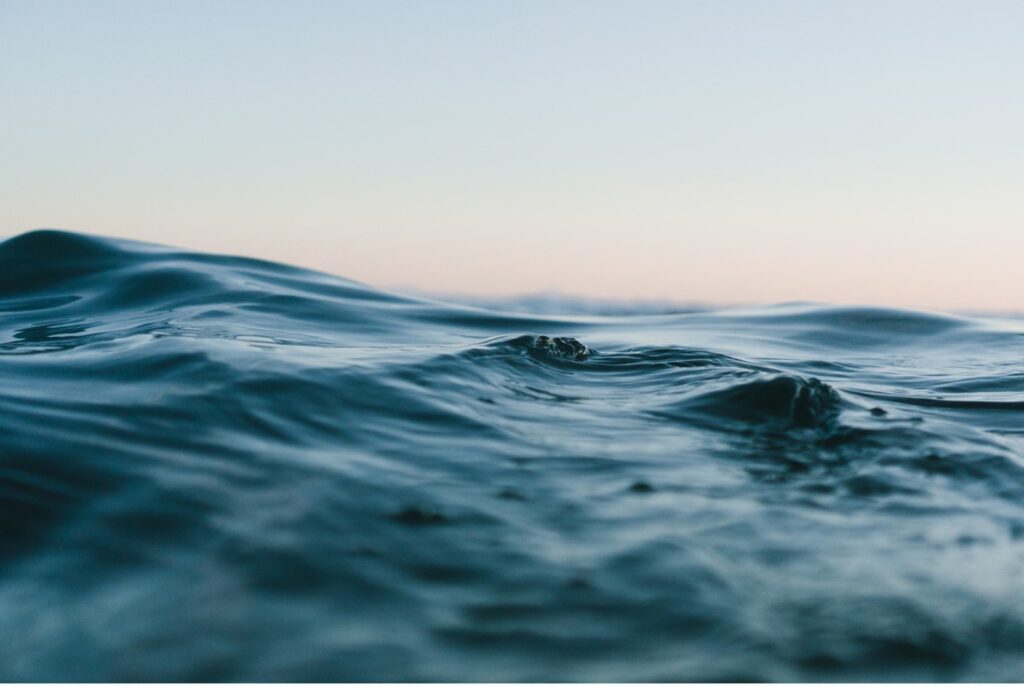Each month, we are examining the core principles of one of the ten concepts of the WELL Building Standard. The Standard identifies over 100 performance metrics, design strategies, and policies that are divided into ten sections or concepts: Air, Water, Nourishment, Light, Movement, Thermal Comfort, Sound, Materials, Mind, and Community. This month, we’re learning more about the Water Concept.

THE WATER CONCEPT
INTRODUCTION
Approximately two thirds of the human body is comprised of water. Water is necessary for many bodily functions including respiration, perspiration, and excretion. It is critical for the removal of toxins, byproducts, and waste from the body. Water transports nutrients to the cells and helps regulate body temperature. In short, it is essential for most bodily functions.
Water quality has improved dramatically in many parts of the world over the last 100 years; this improvement has a significantly decreased the spread of infectious diseases around the world. During this time, however, there has also been an increase in water contamination from agricultural, industrial, and pharmaceutical sources.
THE GOALS OF THE WELL WATER CONCEPT
The WELL Water Concept seeks to increase the rate of adequate hydration in building users, reduce health risks due to contaminated water and excessive moisture within buildings, and provide adequate sanitation in interior spaces. These goals are achieved through the following methods:
- Ensuring the quality of water for human contact by testing for turbidity and bacterial contaminants.
- Providing access to safe drinking water by testing for heavy metals, dissolved gases, organic and inorganic contaminants, bacteria, and pesticides.
- Providing access to safe drinking water without any unpleasant taste, odor, or appearance.
- Ensuring regular testing to maintain consistent access to high quality drinking water.
- Encouraging proper hydration of inhabitants by promoting high quality drinking water over less healthy alternatives.
- Limiting bacterial and mold growth inside the building from water infiltration, condensation, and internal leaks. This is achieved through proper design of the building envelope and interior spaces, selection of moisture resistant materials, protection of moisture-sensitive materials, and regular inspections to look for signs of water damage.
- Promoting proper hygiene in bathrooms and touch points throughout the building.
- Implementing a safety protocol for the collection and reuse of non-potable water.
SOURCES OF WATER CONTAMINATION
- Agricultural fertilizers, pesticides, and animal waste
- Industrial wastewater from mining, manufacturing, and energy production
- Sewage and wastewater
- Leakage from landfills and septic systems
- Byproducts of water treatment chemicals
LESS SEVERE SYMPTOMS
- Nausea
- Vomiting
- Diarrhea
- Skin irritations
- Allergic reactions
- Bacterial infections
- Dehydration

MORE SEVERE SYMPTOMS
- Neurodevelopmental impairments
- Reproductive diseases
- Some types of cancer
- Other chronic health conditions
WHAT TO DO ABOUT WATER POLLUTION
- Contact your local water utility or health department to test your water
- Get a water filter or water purification system
- Use bottled water (preferably in glass bottles)
- Educate yourself about local water contamination issues so you can help to prevent or remedy them
- Follow local health department recommendations
At TSD we believe it is important for both professionals (architects, interior designers, and contractors) as well as building users (homeowners, business owners, school administration, maintenance personnel, etc.) to understand the problems as well as the potential solutions for creating and maintaining healthy interior spaces. We can do this by eliminating or reducing sources of indoor water pollution, designing healthier interiors and systems, changing human behavior, and installing treatment methods to improve water quality.
If you want to know more about making your home or office a safer and healthier environment, reach out to us by email or DM us on Instagram. Also, stay tuned next month when we introduce the third WELL concept: Nourishment.

Taleah Smith Design is an interior design studio based in Vancouver, British Columbia. We specialize in interior design that promotes wellness and sustainability. We believe your living space should promote a greater sense of health and wellbeing, and we approach this goal from many difference angles. If you would like to discuss a project, you can reach out to us here.
We also provide resources and consulting for other interior designers looking to integrate wellness and sustainability into their design practices. If you would like to learn more, contact us here.
